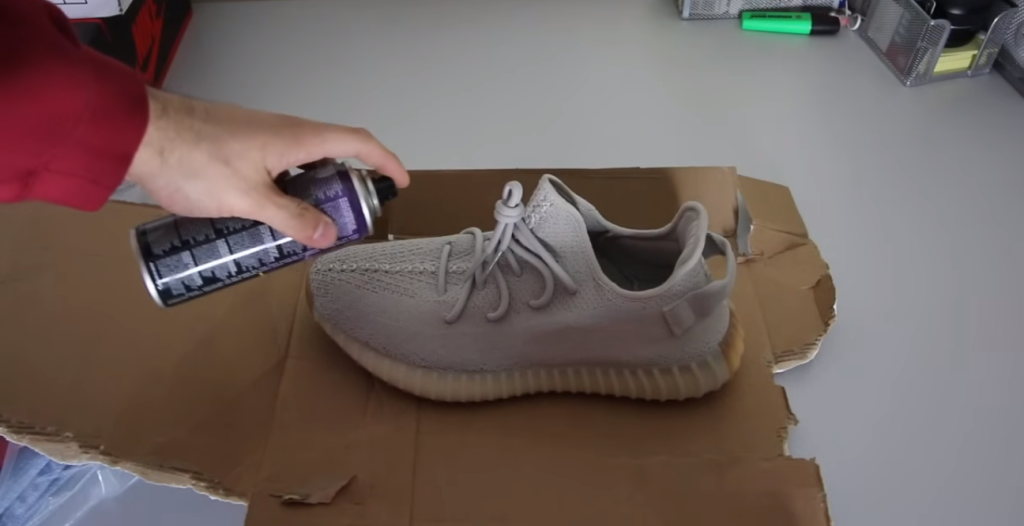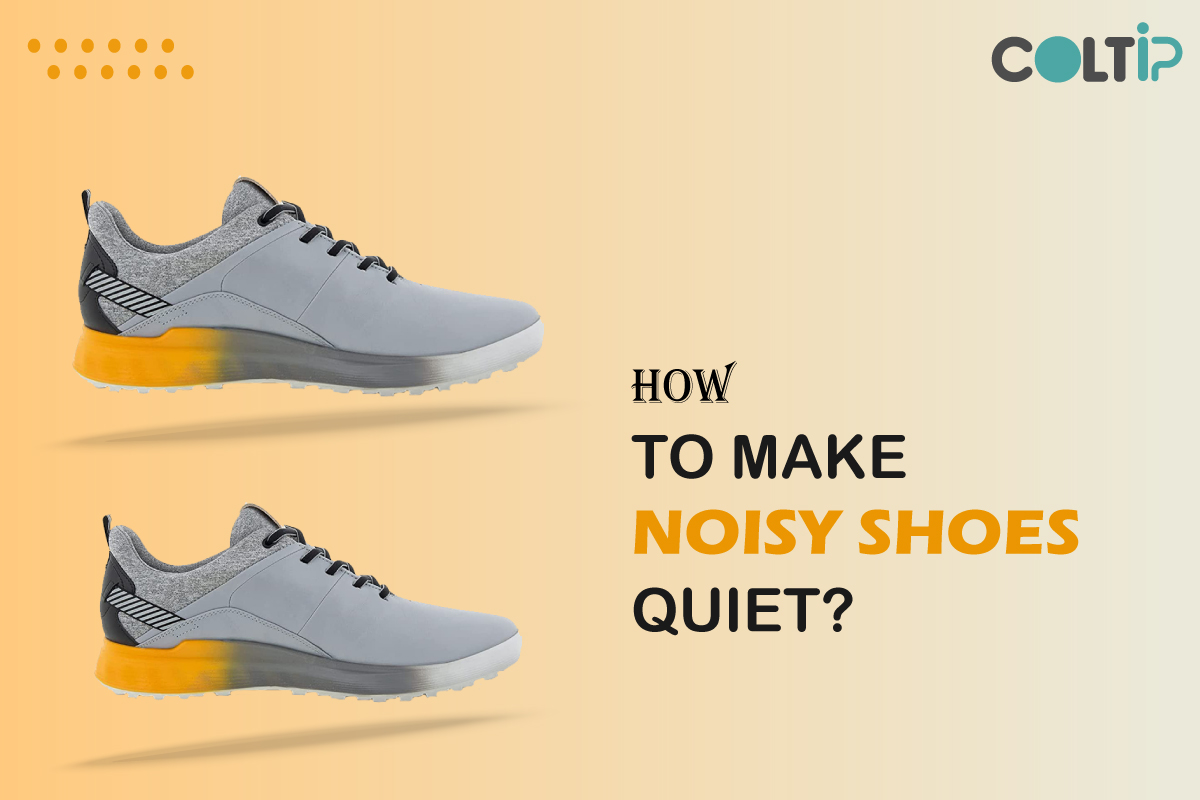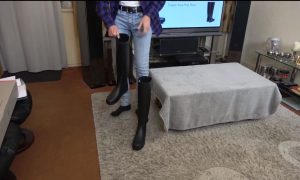Table of Contents
Introduction: Why Silent Shoes Matter?
Have you ever been in a situation where your every step makes a loud noise, like a drumbeat, and everyone notices your shoes? Dealing with loud shoes is a common problem that many of us experience, from noisy office floors to disruptive sounds in a quiet library. In this guide, we explore how to make your shoes quieter, providing useful solutions to a problem that might seem small but can affect how confident we feel and the peace around us.
Quieting the Noise: Practical Solutions for Noisy Shoes in Any Setting
Imagine this: you’re in a quiet meeting room, excited to share your presentation, but your footsteps are making more noise than your words. We’ve all experienced it – the awkward looks, the quiet laughs – when our shoes unexpectedly steal the spotlight. Whether you’re at work, a party, or just relaxing at home, loud shoes can be annoying no matter where you are.
In this straightforward guide, we talk about the problem of loud shoes and give you useful and easy ways to make them quieter. We all want our confident walk to be the star, not the noisy sound our shoes make. So, let’s start our journey to quiet steps – one step at a time.
How to Make Your Squeaking and Noisy Shoes Quieter: 9 Easy Ways
Here are 9 simple ways to stop your shoes from making annoying squeaky sounds. These easy tricks will help you enjoy a quiet walk without any embarrassing noise. From picking the right inserts to trying do-it-yourself methods, find out how to keep your shoes silent and walk confidently. Say goodbye to squeaks and hello to peaceful strolls!
Powder Under Inner Sole or Orthotic:
For removable innersoles or added Orthotics, sprinkle Baby or Talcum powder where they sit. Absorbs moisture, reduces friction. Apply around shoelaces. Let set overnight, clean excess.
Choose the Right Shoe Inserts:
Selecting the appropriate inserts is crucial. These are additional materials you place inside your shoes to reduce noise. Foam inserts, gel inserts, and customized orthotic inserts are popular options. Each type works differently to absorb and minimize sound.
Select Closed-Toe Designs:

Shoes with closed-toe designs cover the front part, reducing the escape of noise. This simple adjustment can make a significant difference in minimizing the sound your shoes make as you walk.
Try Out Different Types of Laces:

If you’re still having trouble finding a soft shoe, one other thing you can try is using different types of laces. For example, you might want to try a shoe with velcro instead of traditional laces. Or, you could also try a lace made from a thicker material.
Option for Noise-Absorbing Materials:
Dive into the world of materials designed to absorb noise. Some shoes come with built-in features or linings made of noise-absorbing materials. Understanding these materials, such as foam or specialized fabrics, can guide you in choosing quieter shoe options.
Recommended: Decoding the Sneaker Terminology Universe
Spray Shoes with a Sound-Dampening Product:

If you’re looking for an easier solution, you can always try spraying your shoes with a sound-dampening product. These products are designed to help reduce the amount of noise your shoes make.
Include Petroleum Jelly
If you hear your shoe’s inside making noise when you walk, it might be because the insole is rubbing against the shoe. To easily solve this, put a little bit of petroleum jelly or lotion under the insole. This helps the parts move more smoothly and quietly. Learn more about ways to keep your shoes in good shape.
Soothing Squeaks: Silence Your Shoes with Leather TLC
Apply some saddle soap or a leather conditioner on the tongue of your shoes. This helps moisturize and calm the area where the laces rub against, preventing those annoying squeaks.
Experiment with WD-40!
Get a cotton ball and put a small amount of WD-40 or silicone spray on it. Then, carefully apply it to the seams on the outside of your squeaky shoes. Be cautious, though—this trick isn’t suitable for suede shoes because it could damage them. If you’re curious, there are 46 other fantastic uses for WD-40 that you can explore!
Why Do My Converse Make Noise When I Walk?
The noise your Converse makes when you walk can be attributed to several factors. Here are 11 potential reasons:
Friction Between Materials:
Converse shoes often have rubber soles and canvas or fabric uppers. The friction between these materials, especially when new or not broken in, can create noise. Gradual wear and regular use can mitigate this.
Insole Movement:
A loose or improperly fitted insole can shift during walking, causing noise. Ensure the insoles are snugly placed and not moving inside the shoe. Consider using specialized insoles for a better fit.
Lack of Cushioning:
Converse shoes may have minimal cushioning compared to athletic shoes. This lack can result in more direct contact between feet and ground, leading to audible footsteps. Adding cushioned insoles may help.
Sole Wear and Tear:
Over time, the rubber soles may wear down unevenly, creating irregular surfaces that produce noise. Regularly check sole conditions and replace them if necessary to maintain an even tread.
Loose Components:
Components like eyelets, laces, or the tongue can cause vibrations and noise if they’re loose. Ensure all parts of your Converse shoes are securely in place, and consider double-checking laces for proper tightness.
Surface Interaction:
The surface you walk on plays a role in noise. Hard, smooth surfaces may amplify sound, while softer or irregular surfaces might absorb it. Adjust your walking style based on the terrain to minimize noise.
Moisture and Friction:
Moisture between insoles and footbed can lead to friction-induced squeaks. Keep shoes dry, consider moisture-wicking insoles, and let wet shoes air-dry thoroughly.
Worn-Out Insoles:
Insoles that have lost their cushioning can create squeaks. Regularly replace insoles, and opt for high-quality replacements to enhance comfort and reduce noise.
Low-Quality Materials:
Converse shoes made with synthetic materials may be prone to squeaking. Opt for models with quality craftsmanship and materials, reducing the likelihood of noise.
Improper Fit:
Shoes that are too tight or too loose can cause parts to rub together, resulting in squeaks. Ensure a proper fit by choosing the right size and experimenting with different lacing techniques.
Manufacturing Defects:
In rare cases, manufacturing defects may contribute to squeaking. If the issue persists, contact Converse customer support for further assistance.
Conclusion:
There are a few different ways that you can make noisy shoes quiet. One option is to get a shoe insert made from a sound-absorbing material. Another option is to look for shoes with a thicker sole or a closed-toe design.
Or, you could try using different types of laces. If you’re feeling adventurous, you can even try making your noise-cancelling shoes.
We hope this article has helped you learn how to make noisy shoes quiet. Remember, finding the right shoe for you is important. So take your time and find a shoe that’s both comfortable and quiet.
What is the best material for noise-canceling shoes?
There is no one “best” material for noise-cancelling shoes. Instead, a few different materials can help reduce the noise that your shoes make.
For example, you might want to look for an insert made from a foam material. Or, you could also try a shoe with a thicker sole or a closed-toe design.
Can I make my noise-cancelling shoes?
Yes, you can! If you’re feeling adventurous, you can try making your noise-cancelling shoes. One way to do this is to add some sound-absorbing material to the inside of your shoe.
You could also try adding a layer of foam or fabric to the outside of your shoe to help muffle the noise.
Do sound-dampening products work?
Yes, sound-dampening products can help reduce the amount of noise your shoes make. Using these products will help you create a barrier between your feet and the ground, reducing the noise you make.




